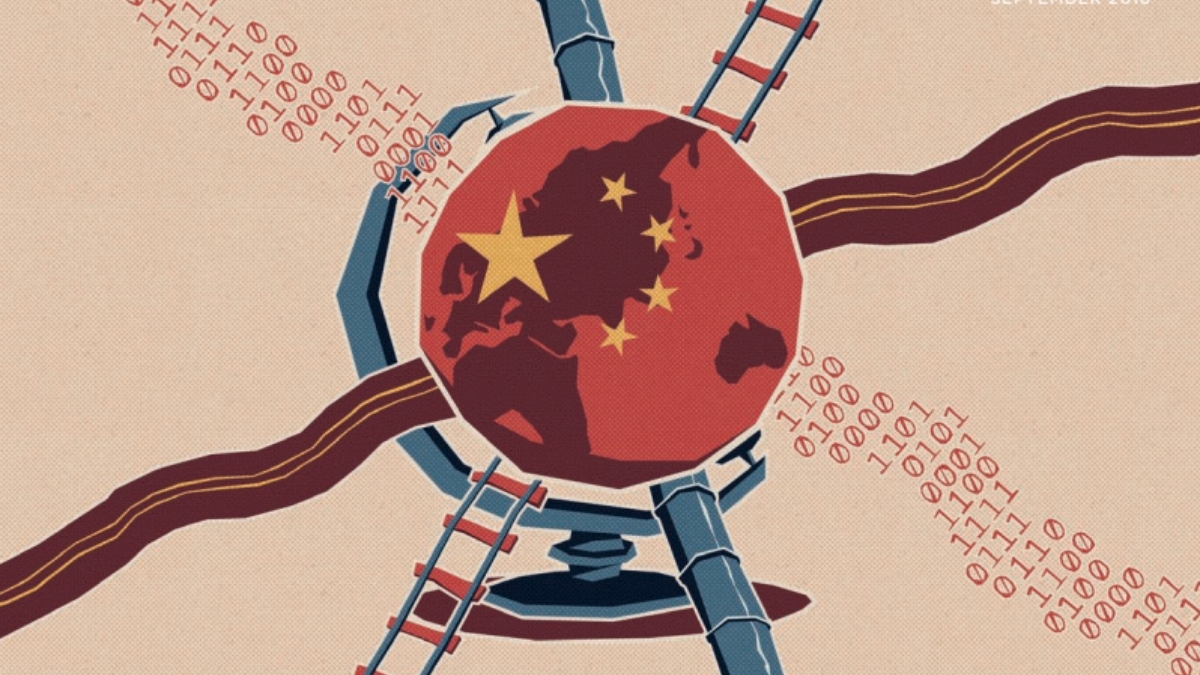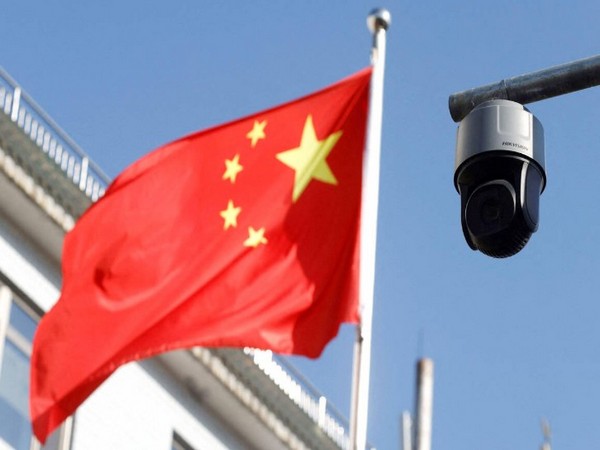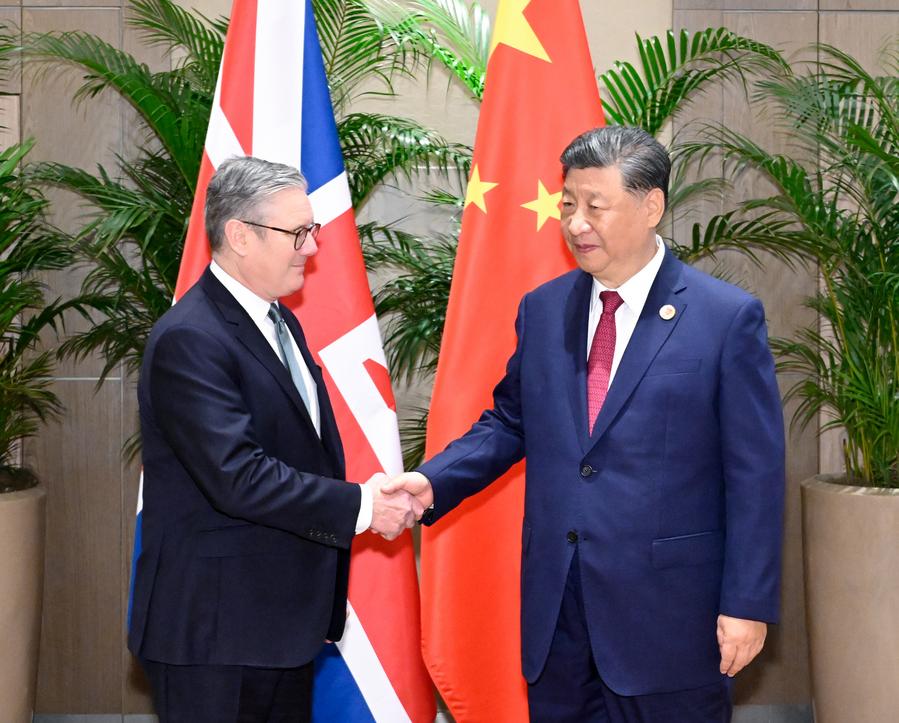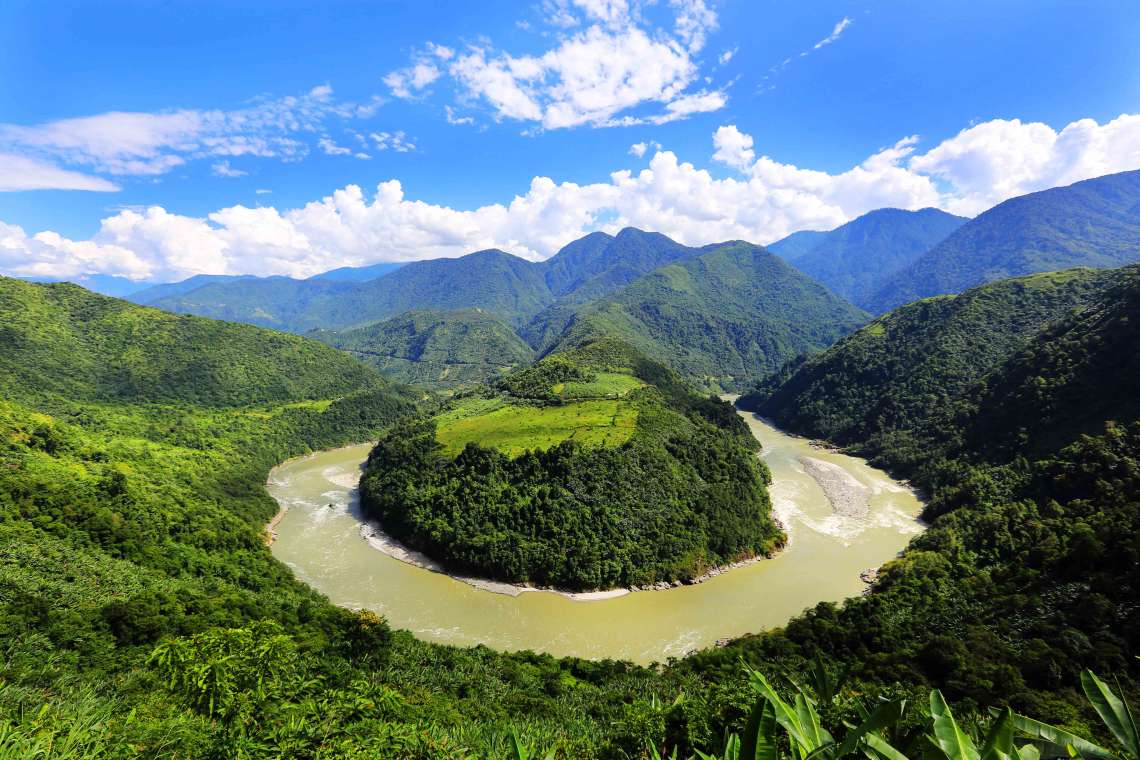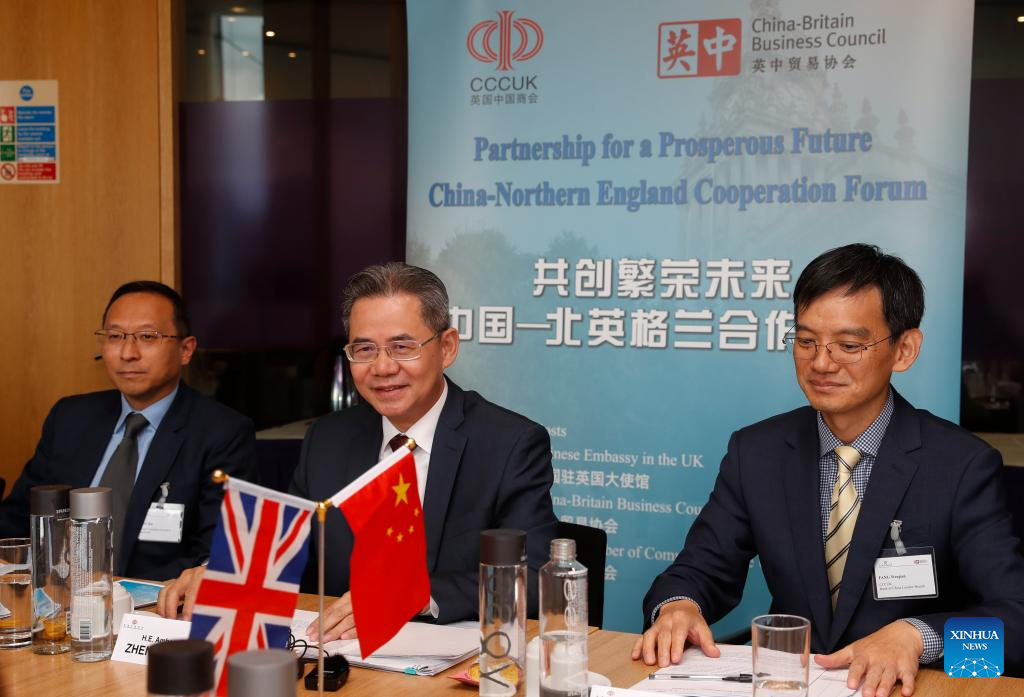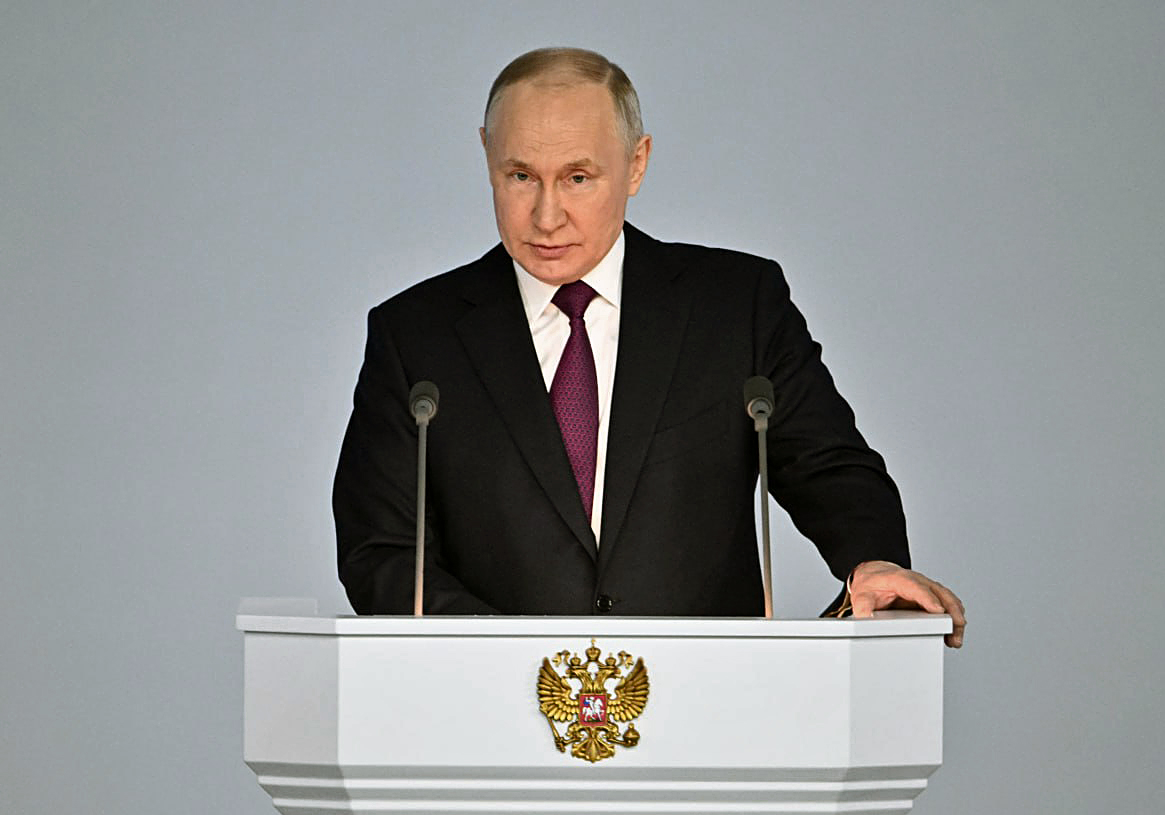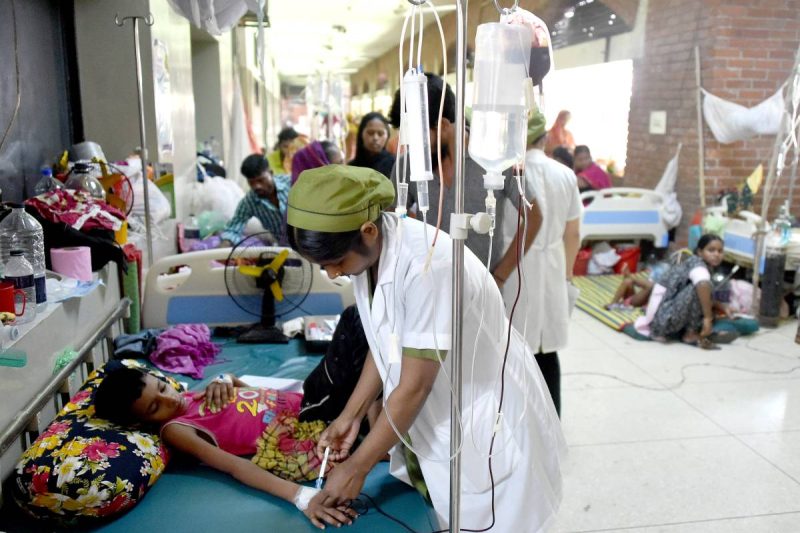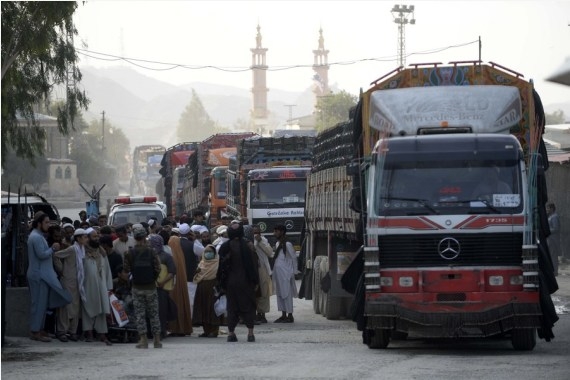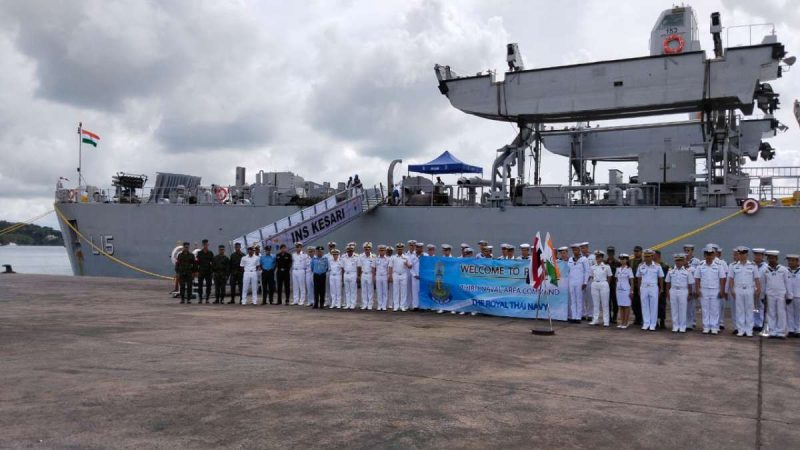Chinese officials said that the platform was a novel idea introduced to Nepal to commemorate the tenth anniversary of Chinese President Xi Jinping’s proposal of the BRI…reports Asian Lite News
In the presence of several political parties and social organisations, the Communist Party of China (CPC) launched the “Silk Roadster” platform last week in Bhaktapur as part of the Belt and Road Initiative (BRI) in Nepal, according to the Kathmandu Post.
Nepal ratified the BRI’s framework agreement in 2017. Six years later, however, not a single project from the programme has begun in Nepal, despite the fact that the government has chosen nine projects to be carried out under the framework. Chinese officials said that the platform was a novel idea introduced to Nepal to commemorate the tenth anniversary of Chinese President Xi Jinping’s proposal of the BRI. Silk Roadster is a new platform for practical cooperation and people-to-people exchanges between China and Southeast and South Asian countries, according to the plan’s concept paper issued at the launch.
“By coordinating resources from local governments, universities, enterprises, and institutions in China, the ‘Silk Roadster’ aims to carry out technical skills training, services for the people, overseas study projects, short-term exchanges, cooperation between enterprises and cultural exhibitions and exchanges events with Southeast and South Asian countries,” the concept paper reads, the Kathmandu Post reported.
The Kathmandu Post is Nepal’s English-language daily. It was launched in February 1993 as Nepal’s first private-run English-language broadsheet. The Post is the second-most widely read paper in Nepal after its sister publication, the Nepali-language Kantipur Daily.
There are five projects under the platform—the Silk Road Embarkment, the Silk Road Empowerment, the Silk Road Enjoyment, the Silk Road Enlightenment and the Silk Road Enhancement—which will be implemented through various Nepali political parties and social organisations, according to the concept paper, the Kathmandu Post reported.
Two CPC leaders from Beijing were present at the function.
“Earlier, we were told that the BRI was about big projects related to infrastructure, connectivity, ports, railways, airports, power plants and telecommunication, but now they have included small projects including those on imparting training, building skills, scholarships and other short-term exchanges on various sectors,” a UML leader who attended the function told the Post requesting anonymity.
“This could be a departure from the concept of the BRI, which has now been tweaked to encompass both macro to micro-size projects. This new concept [Silk Roadster] is in a nascent stage, so we don’t know what impact it will have and what reaction and response it will get from Nepali political parties and the government. And we don’t know if the new Chinese programmes contradict the Nepal government’s policies,” the leader said.
According to the Silk Roadster concept document, many leaders of political parties in Southeast and South Asian countries have expressed their desire for more practical cooperation projects with China, which can supposedly happen via inter-party exchanges, the Kathmandu Post reported.
Dev Gurung, general secretary of the CPN (Maoist Center) who was also present at the July 13 event, told the Post that “Silk Roadster” focuses on small projects related to education, culture and economic empowerment at the grassroots.
“We are ready to work with political parties of all countries and Friends of Silk Road Clubs to provide free physical check-ups, medical care, optometry, electrical appliance repair and other services for the convenience of the people so that the inter-party exchanges will bring tangible benefits to the people,” reads the concept paper.
A team from the working group led by Du Xiaolin and Du Wenlong, among others, from the CPC’s International Department Liaison Office visited Nepal to carry out events of two signature Silk Road Embarkment and Silk Road Empowerment projects, the Kathmandu Post reported.
Similarly, the Silk Road Empowerment focuses on vocational skills training where Chinese schools will provide vocational education courses to Southeast and South Asian countries through the Cloud Platform for Generation Z Vocational Education Cooperation, so as to train technical manpower needed in the long run.
Similarly, the Silk Road Enjoyment focuses on cultural exchanges. It aims to promote people-to-people exchanges and mutual learning among civilizations while Silk Road Enlightenment focuses on exchanges among young people.
“We are willing to provide short-term training opportunities in China for foreign political parties and technical personnel, so as to encourage the young generation to learn more about China and enhance our friendship,” stated the concept paper.
Likewise, the Silk Road Enhancement project is aimed at helping enterprises to connect and cooperate, and to boost business exchanges and cooperation, the Kathmandu Post reported.
Representatives from eight Nepali political parties and some NGOs, mostly working with various entities of the Chinese government, attended the function.
The Chinese side shared 330 solar lights, 20,000 pieces of biological sticky traps for insects, some food and oil packs, 1,500 presbyopia glasses, and 500 magnifying glasses with local people attending the event.
After the opening ceremony for the Silk Road Embarkment project, the Chinese working group and representatives from Chinese vocational institutions visited Budhanilkantha and installed solar lights for residents there as part of their “Solar Village Project—Lighting up the Darkness”.
On July 12, according to the Friends of Silk Road Nepal, the Chinese side went to Kavresthali to set up sticky traps for insects in the crop fields and gave tips about planting and pesticides to local farmers, the Kathmandu Post reported.
“By doing so, we can see that our bilateral relations and party-to-party friendship enjoy greater growth, and our two peoples greater mutual understanding and development opportunities from Chinese modernization,” the concept paper quoted Du of the CPC working group as saying.
At the event, some memorandum of understanding was also reached between Chinese and Nepali vocational institutions, according to Chinese officials, the Kathmandu Post reported.
“The Chinese side wishes to share its high-quality technical advancements, innovation and new technologies in areas like agriculture, renewable energy and hospitals,” said Kalyan Raj Sharma, the chairman of the Friends of Silk Road Nepal, which was one of the organisers of the Bhaktapur event.
The CPC delegation has already left for Malaysia to launch a similar initiative there.
This news story was penned by Anil Giri. He is a reporter covering diplomacy, international relations and national politics for The Kathmandu Post. Giri has been working as a journalist for a decade-and-a-half, contributing to numerous national and international media outlets. (ANI)


